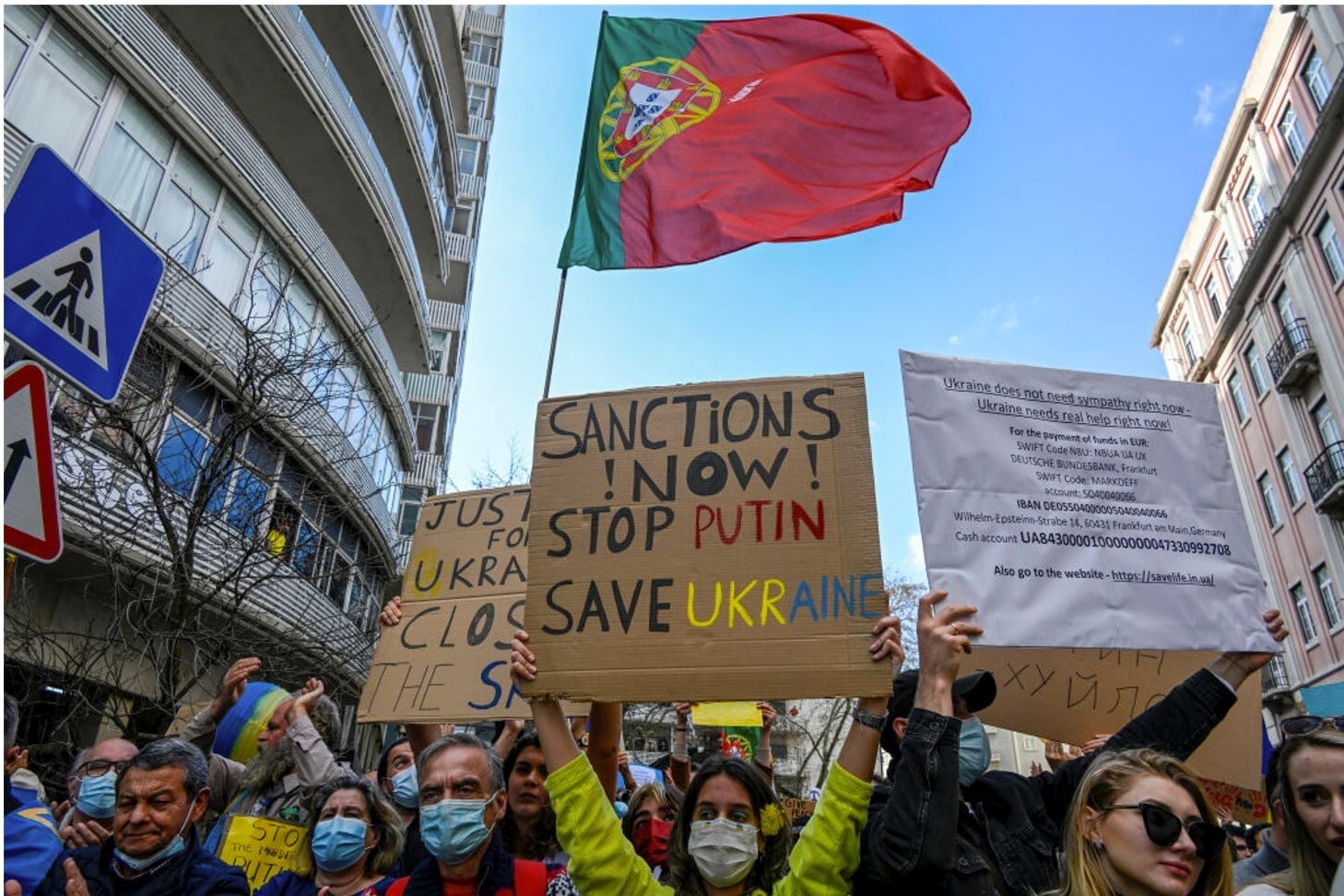Since February, the Russia-Ukraine conflict has certainly been shaping broader markets trends, given the significant impact of sanctions on Russia, with soaring commodity prices and flight from EU stocks.
Apart from the material impact that drives the market trajectory, investment sentiment has been more dynamic amid the geopolitical uncertainty, coupled with the US Federal Reserve’s monetary policy guidance. There are some standout trends that are worth considering when thinking about trading strategies.
Commodities are still on the rise
The Russia-Ukraine war has been pumping up global commodity prices, not only because of the supply disruption, but also resulting from hedging activities. Markets have priced in for a much tighter oil supply, with oil tankers and shippers in a standoff for Russia’s exports. China has also ordered state-owned buyers to store major commodities, including oil, gas, iron ore and agriculture products. Crude oil futures are heading toward US$120 a barrel.
At the same time, precious metals, such as gold, silver, and palladium are major Russian exports that have seen price spikes. Gold is a safe-haven asset that investors can often use to hedge risk in a portfolio. The upside momentum for these instruments will not lose steam until the war de-escalates. Gold futures could continue the upside trend to hit the US$2,000-mark in the short term.
Russia is also a major wheat and corn exporter, with wheat futures soaring from US$8.6 to US$11.33 per bushel, up 32% in the past week. Corn futures surged 13% during the same timeframe.
Bank stocks suffer from Russia sanctions
Both major EU and US banks sank on sanctions imposed on Russia due to their extensive exposure to Russia’s bonds markets, with the removal of Russia from the SWIFT system. The Russian central bank has banned coupon payments to foreigners on US$29 billion in bonds as counter-sanctions measures, according to Bloomberg. The Stoxx Europe 600 banks index has slid 13% since Russia launched the military attack on Ukraine on 24 February.
US banks have also taken a hit, with the KBW Bank ETF down 5% during the same timeframe. US banks’ exposure to Russia is US$14.7 billion vs US$42.5 billion of the EU banks, according to Reuters, among which Citigroup has the largest exposure of US$10 billion. The bank’s stock has sunk 8% since the Russia-Ukraine war started.
The US growth stocks took a ride on falling bond yields
The growth stocks have seen relief from falling bond yields as odds for the Fed to aggressively raise interest rates have been weakened amid the geopolitical unrest. The Federal Reserve chair Jerome Powell signaled the central bank will be careful in its approach to rate hikes amid uncertainty. The tech-heavy Nasdaq was up more than 9% since the low on 24 February.
While crude oil prices keep flaring, the clean energy and electric car stocks are benefiting from the expectation that government policy and investment funds may speed up advancing into these industries. The Invesco Global Clean Energy ETF jumped 18% and Tesla’s share price surged 25% since the Russia-Ukraine military conflict started.
Eurodollar get slashed amid the geopolitical tension
Russia is not the only country suffering from the sanctions. EU stocks and the Eurodollar all had a month-long drop amid the escalating geopolitical unrest. While the European Union heavily relies on Russia’s energy exports, the shortage of supply and inflation could dampen the region’s economy further, which badly weakens investment confidence.
At the same time, the commodity export countries, such as Australia, Canada, and New Zealand are on track for a fast economic recovery path from the pandemic era. The soaring commodity prices resulting from Russia’s invasion of Ukraine are lifting the local currencies and booming the exporting-backed economies. EUR/AUD, EUR/CAD, and EUR/NZD all fell between 4% -6% from their February highs.
Cryptocurrencies spike
The crypto world is enjoying a lift with the geopolitical tension unfolding. The trading volume in Ukrainian UAH and Russian Rouble have been pumped up by the conflict in the past two weeks. The decentralising functions of these digital coins are being used by Russian and Ukrainian owners to hedge losses in the fiat markets. But the risk remains as US officials vow to target cryptocurrencies to enforce sanctions on Russia. Both bitcoin and ethereum are up 26% from the low on 24 February.






